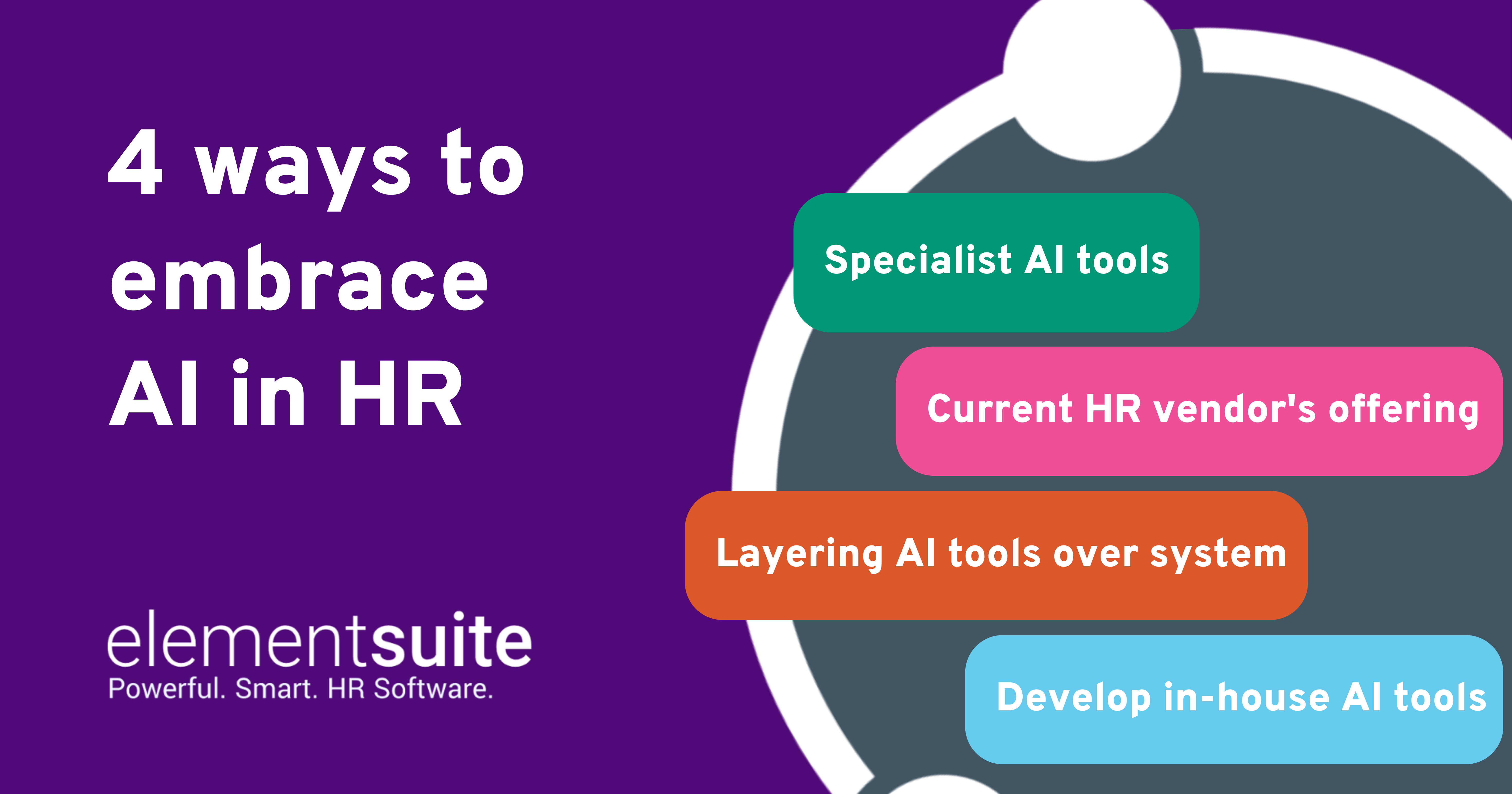So, what is it you don’t know about your HR data? The answer is you will never really know what you don’t know. It’s human to have flaws and therefore it is human to not know everything about everything. Although I genuinely believe that we are closer to interfacing humans with machines than many of us may think or believe, but I’ll leave that particular topic for another time.
Although it is human to not know everything about everything there are some domains that are less forgiving. If you don’t know your data intimately such as HR and payroll that can be a problem. Gaps in knowledge or expertise in this domain can lead to catastrophic long term financial and brand impacts (and in some cases it goes unnoticed due to its complexity!). I’d argue that many businesses are not capturing all their data correctly in order to give them 360° visibility upon which to make decisions.
Data in a crisis
The rise in importance and need for accurate data is crucial, particularly during a crisis such as COVID-19. Data analytics has become a core part of HR practice, designed to enable employers to plan, and manage employee engagement, business operations, and performance as well as payroll.
The pandemic has opened up a big precipice in terms of data GAP realisation. The data collection, analysis and constant change has put HR data under the spotlight. HR teams were put under immense pressure to track and monitor employee data from the UK Government’s job retention scheme, requiring agility and constant change.
HR Data is dense and complex!
If you had spoken to me 10 years ago about HR data and complexity, I would have said something along the lines of “It is just some personal details right? And maybe what your job role is… easy!” Little did I know (nor do I think people outside of the HR domain know) how complex HR data can be… Let’s think about it for a second, HR data is made up of personal and job details, disciplinary and grievance, succession and role planning, absence and accruals, performance management and the list goes on! Couple your HR platform with an ATS system or an Engagement platform then your already complex data becomes linked to some more complex data in a separate entity and without a single platform or a data warehouse/aggregation strategy then you can quickly find yourself in data purgatory.
Let’s take Average Pay Per Day (also known as Holiday Pay) as a quick example… The amount of migrations I have seen where the previous vendor has loaded duplicate days and/or pay and coupled that little hiccup with a 260 absence entitlement calculation (where absences are also included in the average pay per day calculation) and you have a compounded financial issue that if not dealt with, would go unnoticed, causing a potential cost to your business.
Not only can HR data be complex, it is also very dense. I often see previous HR technology implementations where the implementor has obviously tried to save time and reduce complexity by only loading the minimum amount of employee and people data required to get the job done.
If there was just one thing I would wish you to take away after reading this it would be to LOAD AND/OR RECORD EVERYTHING! If you have 200 weeks’ worth of actual pay/time but you only need 104 weeks to calculate holiday pay then load the 200 weeks! In today’s technical and digital age there is absolutely no reason (other than storage cost which is minimal) why you wouldn’t load as much data as you possibly could. And if your vendor says that can’t capture all of the fields OR it is going to negatively affect your go-live dates (due to the time taken to load the extra data) then you should find a different vendor.
Avoid data silos
In Josh Bersin’s article about the shift in HR technology to microservices and an “ecosystem of applications” he explains the power of microservices to provide an excellent separation of business with application logic for easier scalability and faster development cycles. Although I am a massive advocate of microservice architecture, I disagree with the idea of each layer of the employee lifecycle being a completely different technology with an “employee experience” layer over the top.
HR data is dense and complex and if you don’t have a single source of truth for your data you’re going to end up with a problem, lack of true visibility and probably doing one of the following:
- building or using integrations to try and sync your data between systems
- your vendor will already be syncing your data between their acquired products and this will leave you with an obvious lag in data that should be near real time
- your IT department introduces their own data warehouse to try and replicate the different systems into a single data source.
Or all of the above.
A single source of data means you will never find yourself in the situation where you don’t know about your HR data. And that’s pretty powerful.
Anonymous data anecdotes from customers
Usage Statistics – value through proving digital engagement
We had a customer who bought our engagement portal, and during a quarterly service review, some of their head office IT staff were bemoaning the fact that they felt that not many people were using the engagement portal because they hadn’t had many calls to the helpdesk.
They nearly fell off their chairs when we showed them that nearly 50% of their staff were logging in every other day. The reason for the low call volumes was because the system was intuitive, mobile, and “just worked”.
Presentation of this usage data to the IT team turned the story from a negative to a positive. We quickly surfaced dashboards that they then used in their management updates to show how usage and engagement was high and sustained. The story then changed again to perform further data analysis to look at the content that users were most frequently viewing/downloading and liking. So suddenly the value of the data was being massively improved. A great example of what you don’t know about your HR data?
Archiving – value through retiring old infrastructure
Another slightly obscure example of value through unknown data was a customer who asked us to load their historic data (subject to Data Protection). Despite not being in the format or data structure required for our database, we were able to consume the data and surface it through the application to ensure that the legacy platform could be de-commissioned – saving them money and ensuring that the employee HR data could all be stored and secured in the same platform, and subject to the same security rules, and reporting capabilities.
Don’t forget data security and data risk
Data security awareness on the rise. Data subject access requests are becoming a common practice, companies are taking personal data more seriously than ever. It’s now far more important to ensure that your HR data strategy is simple, secure and accessible.
From an operational perspective there is nothing worse than having to collate different parts of your employee’s data from different systems. They each have a different archiving, anonymisation and purging policy with different timeframes.
HR have a unique role to play in this HR data-driven world
Intelligent, data-driven HR is here to stay and transforming many aspects of how HR teams operate. The technology is changing and is a real enabler for capturing, analysis and delivering meaningful and measurable outcomes.
HR Data is complex and dense, it is OK that you don’t know everything about your HR data. However, technology enables real time visibility that gets pretty close to knowing everything about your HR data. HR data requires dealing with volume and complexity and using smart technology is better than trying to manage it yourself.
If you looking at solutions to help, remember to load and record everything – futureproof your data. You don’t know what you’re going to need. When choosing a provider, choose a full suite offering (like elementsuite! #cheeky-sales-plug). The data tier alone will save you countless sleepless nights.
If you’d like to chat about your current data concerns and your HR data strategy, I’d love to chat more about you don’t know about your HR data with you. We know a lot of stuff about HR data.




